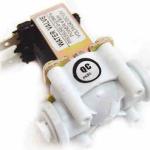Forget a prosthetist to build your prosthetic prosthesis device
When a person suffers the loss of a limb for any reason, they are then faced with the task of finding a good prosthetist and figuring out how to get the best possible prosthesis. Wherever one chooses to go for a prosthesis, you may be faced with the harsh reality of limited or no prosthetic coverage in your health plan.
There is then another thing to consider - a prosthetist may only be in want of the next cash infusion to support the business and your needs will fall completely outside of the realm of consideration.
The Veteran’s Administration, the Department of Defense, Automobile Insurance, Workmen’s Compensation Insurance, Medicare, Medicaid, State Children’s Health Insurance Program (SCHIP), state vocational rehabilitation, and some private insurance polices cover prosthetics.
Depending on the State, Medicaid will cover only cover a :basic" prosthetic, and in California that means a $8,000 cap on whatever that will buy. Other states are much lower.
The problem is that a growing number of group and private insurance companies cap the benefit so low that the average working family can’t afford a prosthesis. Other insurance companies are creating lifetime caps or eliminating coverage completely. A 20 percent co-pay to a $50,000 item is a $10,000 co-pay - seriously???
Current changes in insurance plans are having a devastating effect on an amputee and their families. For example, companies will pay the surgical cost of amputating a limb, and for subsequent amputations caused by inactivity, while simultaneously limiting or even eliminating prosthetic coverage. Other payers impose such unrealistic annual and lifetime caps on prosthetic coverage that people with limb loss are unable to obtain a prosthesis - and over their lifetime - prostheses as in plural - they will wear out and break down and just break.
Even worse the prosthetics industry in general does not want to sell any items or parts direct to amputees - even though - as shown below the law does not prohibit it and indeed the ADA says it is discrimination to fail to do so. No prescription is required to buy any EXTERNAL prosthetic device cash and carry, and while several states have laws as to licensure of prostheticist operating a Orthotics and Prosthetics business, there is no law that prohibit sale of the items, though the industry has somehow agreed to collectively no do so. This is because the Industry leaders have come to convince themselves that all amputees are too stupid to know how turn a few screws and align a device themselves or learn how to
The following states have enacted prosthetic parity laws: Colorado, Maine, New Hampshire, Rhode Island, Massachusetts, California, Oregon, New Jersey, Indiana, Vermont, and Louisiana. HOWEVER, seeing to it that they are enforced is another matter, and indeed even the Federal Courts often will not follow the Americans with Disabilities Act (ADA) to enforce parity as it is written into the ADA. A suit found referred to on adalawsuitrights.com chronicles how a Federal judge found another way not related to actually hearing the issues of the matter to dismiss it in a very mean spirited way.
There is no law to prevent you from buying parts for, making or servicing YOUR OWN EXTERNAL prosthetic device. Some states HOWEVER, have consumer laws against performing such a prosthetic building service for others as a business without a certification and license from the state, but there is still no law that prevents the sale of parts. For YOUR OWN service and repair it NOT UNLAWFUL to work on, or build your own device anywhere. In fact Federal law mandates how the external prosthetic devices are regulated, they fall in the same class 21- CFR 890 - as crutches, canes and wheelchairs - available cash and carry anywhere. surgically implanted prosthetic devices are another story requiring a prescription and tracking with a serial number and a different type of record keeping for the doctor and manufacturer.
In the United States, most upper and lower extremity EXTERNAL prosthetic components are regulated as Class I (exempt) medical devices. The Federal Food and Drug Administration in the US (FDA), classifies medical devices as Class I, II or III. While most Class I devices are subject to the full set of general controls, including that they be "manufactured under a ![]() quality assurance program, be suitable for the intended use, be adequately packaged and properly labeled, and have establishment registration and device listing forms on file with the FDA."
quality assurance program, be suitable for the intended use, be adequately packaged and properly labeled, and have establishment registration and device listing forms on file with the FDA." ![]() prosthetic components and a
prosthetic components and a ![]() few other devices are exempt from these general requirements and subject only to
few other devices are exempt from these general requirements and subject only to ![]() record keeping (21CFR820.180) and
record keeping (21CFR820.180) and ![]() complaint file (21CFR820.198) requirements, as stated in the
complaint file (21CFR820.198) requirements, as stated in the ![]() Code of Federal Regulations, Title 21, Chapter I, Subchapter H, Part 890, Subpart D, Physical Medicine Prosthetic Devices, Sec. 890.3420, External limb prosthetic component, or
Code of Federal Regulations, Title 21, Chapter I, Subchapter H, Part 890, Subpart D, Physical Medicine Prosthetic Devices, Sec. 890.3420, External limb prosthetic component, or ![]() 21CFR890.3420. This section states that these devices are exempt from premarket approval or
21CFR890.3420. This section states that these devices are exempt from premarket approval or ![]() 510(k) requirements, except as provided in
510(k) requirements, except as provided in ![]() 21CFR890.9, which allows this exemption as long as the new device has "existing or reasonably foreseeable characteristics of commercially distributed devices within that generic type," it is intended for the same use and the same user type as existing products, and the device operates on the same fundamental scientific technology.
21CFR890.9, which allows this exemption as long as the new device has "existing or reasonably foreseeable characteristics of commercially distributed devices within that generic type," it is intended for the same use and the same user type as existing products, and the device operates on the same fundamental scientific technology.
In improving these devices, the obvious question arises: what about the testing of prototypes and their distribution to patients? Because we are dealing with a Class I (exempt) medical device that doesn't require a 510(k) submission, it could reasonably be argued that one need not do anything, because the rules governing ![]() Investigational Device Exemptions (IDEs) deal with the steps that must be taken in order to collect the data that must be submitted with the (not required) 510(k) application. For a company as in a manufacturer, these steps require that an
Investigational Device Exemptions (IDEs) deal with the steps that must be taken in order to collect the data that must be submitted with the (not required) 510(k) application. For a company as in a manufacturer, these steps require that an ![]() Institutional Review Board (IRB) approve a study, that the patients are consented, the devices properly labelled for investigational use, the study is monitored, and that required records and reports are maintained. If these steps are complied with, the manufacturer need not even be a registered manufacturer as required above. It might reasonably be argued that for a device for which there are no requirements other than those outlined above, that a subset of these requirements might reasonably be complied with, e.g.: consent the patients, label the devices, and maintain records and reports on the use of the devices.
Institutional Review Board (IRB) approve a study, that the patients are consented, the devices properly labelled for investigational use, the study is monitored, and that required records and reports are maintained. If these steps are complied with, the manufacturer need not even be a registered manufacturer as required above. It might reasonably be argued that for a device for which there are no requirements other than those outlined above, that a subset of these requirements might reasonably be complied with, e.g.: consent the patients, label the devices, and maintain records and reports on the use of the devices.
This is a site created, edited and maintained by a trans-femoral above knee amputee who has discovered a few things about the leg prosthesis industry. The first you need to know is it is a leech industry. They count on you not knowing that they do not know what you are going through. FIRST and foremost - remember - YOU are the amputee who knows and experiences it daily. With the exception of a handful of prostheticists who are ABOVE KNEE amputees, the rest do not have a clue.
A prosthetist with two good legs only knows what a text book or another has told them. You need to learn about your knee and leg and how to service it yourself. It is actually no different than working on your own car. If you do not work on your own car - I can tell you WHY you find it in the shop so much!!
They want to keep billing - and so does the leg prosthesis industry. Articles and products are here for you to do-it-yourself. Any help you have to add to the library of ways to assist are gladly accepted.
| Attachment | Size |
|---|---|
| no_pros_restriction | 211.24 KB |


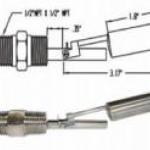
 ,
,  ,
, 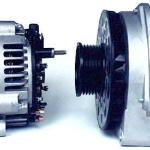 ,
,  ,
, 

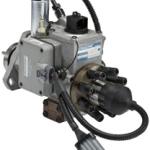

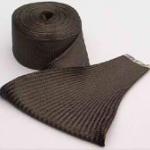

 ,
, 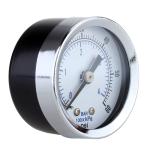


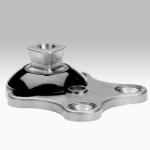
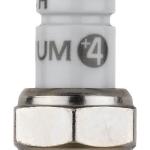

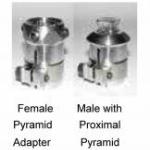
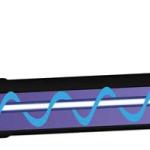
 ,
,  ,
, 
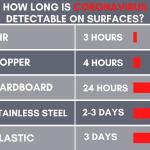 ,
,  ,
, 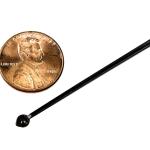 ,
,  ,
, 
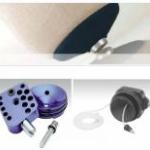
 ,
,  ,
,  ,
, 
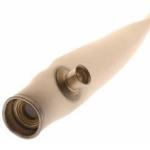 ,
, 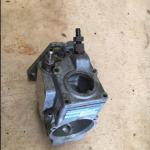 ,
, 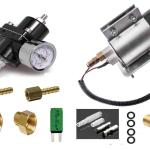
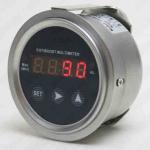
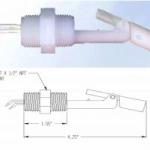
 ,
,  ,
,  ,
,  ,
,  ,
, 

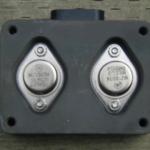 ,
, 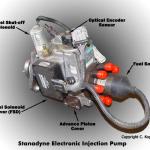 ,
,  ,
,  ,
,  ,
,  ,
, 



 ,
,  ,
,  ,
, 



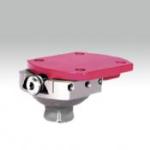

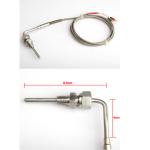
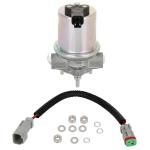
 ,
, 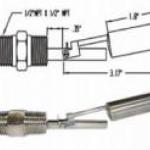


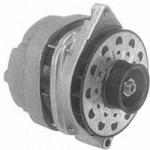 ,
, 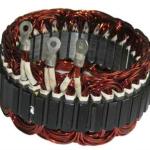 ,
, 

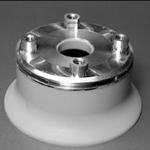
 ,
, 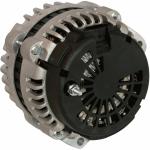 ,
, 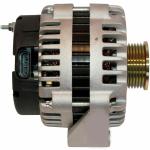 ,
, 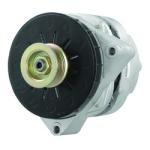


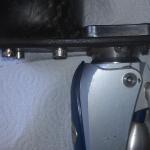
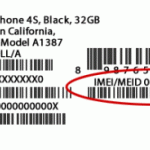
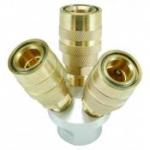

 ,
, 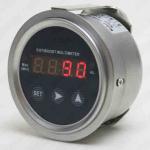


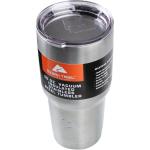
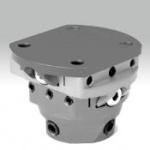
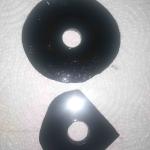 ,
, 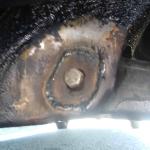 ,
,  ,
,  ,
, 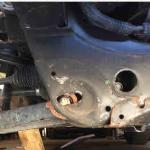
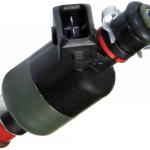
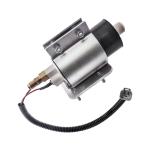





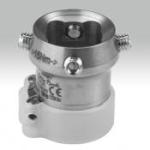


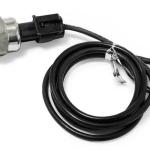
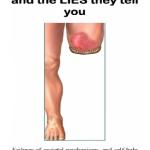
 ,
,  ,
, 
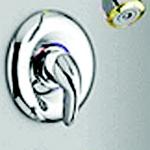

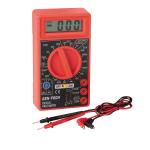

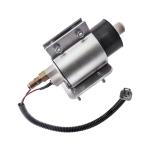
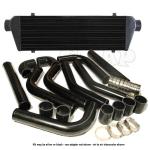 ,
, 

